The Elephant Whisperers, a short Netflix documentary directed by Kartiki Gonsalves showcases the lives of elephant caretakers Bomman and Bellie, an Indigenous couple from the Kattunayakan tribe of South India.
Known as the “chiefs of the forest,” the Kattunayakan has been responsible for preserving and protecting the forest, as well as the elephant population for centuries.
Mainly living in the southern Indian states of Kerala and Tamil Nadu, they’ve maintained their connection to the wildlands and tend to stay within small villages, isolated from modern Indian society.
Living in Theppakadu Elephant Camp, one of the oldest elephant camps in Asia, Bomman and Bellie decided to dedicate their lives to caretaking after meeting an orphaned baby elephant named Raghu.
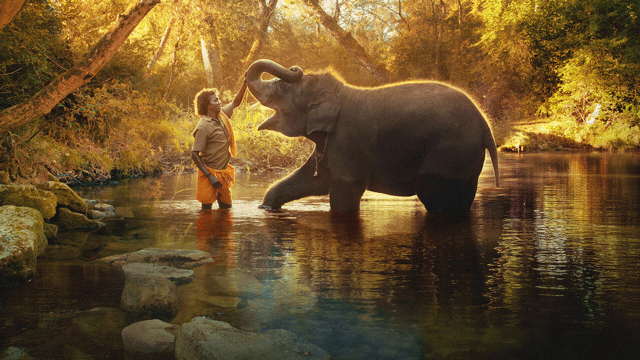
Only months old, Raghu was found after his herd had wandered into a local village in search of food and water after a devastating drought season.
Left on his own after the death of his mother, he fell ill and was unable to be reintegrated into his herd, so Bomman and Bellie were tasked with taking care of him.
In this 40-minute documentary, we get to see Raghu, and later a second elephant named Ammu nursed back to health and loved unconditionally by this community, despite their differences.
This fateful meeting led to the establishment of a beautiful, symbiotic bond between them that changed all their lives, forever.
By showcasing the interconnectedness of humans and wildlife within terrestrial habitats, as well as the effects of environmental degradation, this documentary reflects the United Nations Sustainable Development Goals for Life on Land.
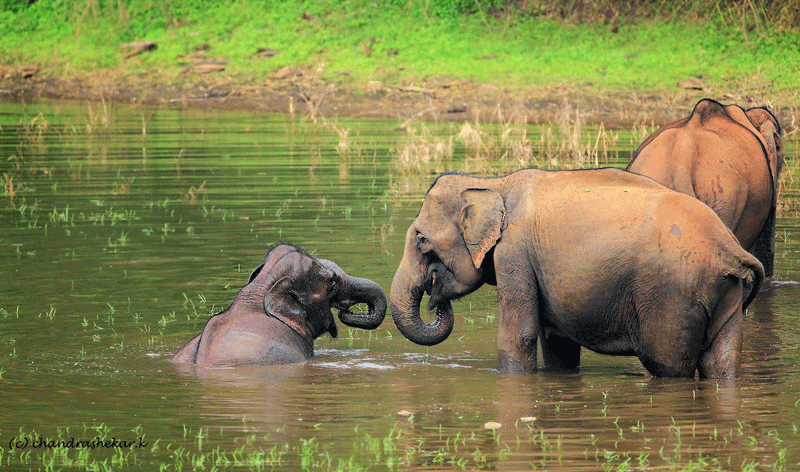
As the largest land mammal on the Asian continent, the Asian elephant has freely inhabited diverse landscapes across South and Southeast Asia for centuries.
Due to their immense size, they’ve been integral in the forging of pathways through dense forests and grasslands, which has helped to maintain the integrity of these habitats by creating access for other wildlife.
Although their diet traditionally consists of forage plants, Asian elephants have adapted to the subsistence available on their migratory routes, including tree bark, roots and leaves, as well as rice, sugarcane and bananas on farmlands.
However, with time, their numbers have fallen drastically – between 30,000 and 50,000 – and they have become an endangered species faced with extinction.
A major contributor to the decimation of the Asian elephant population is climate change.
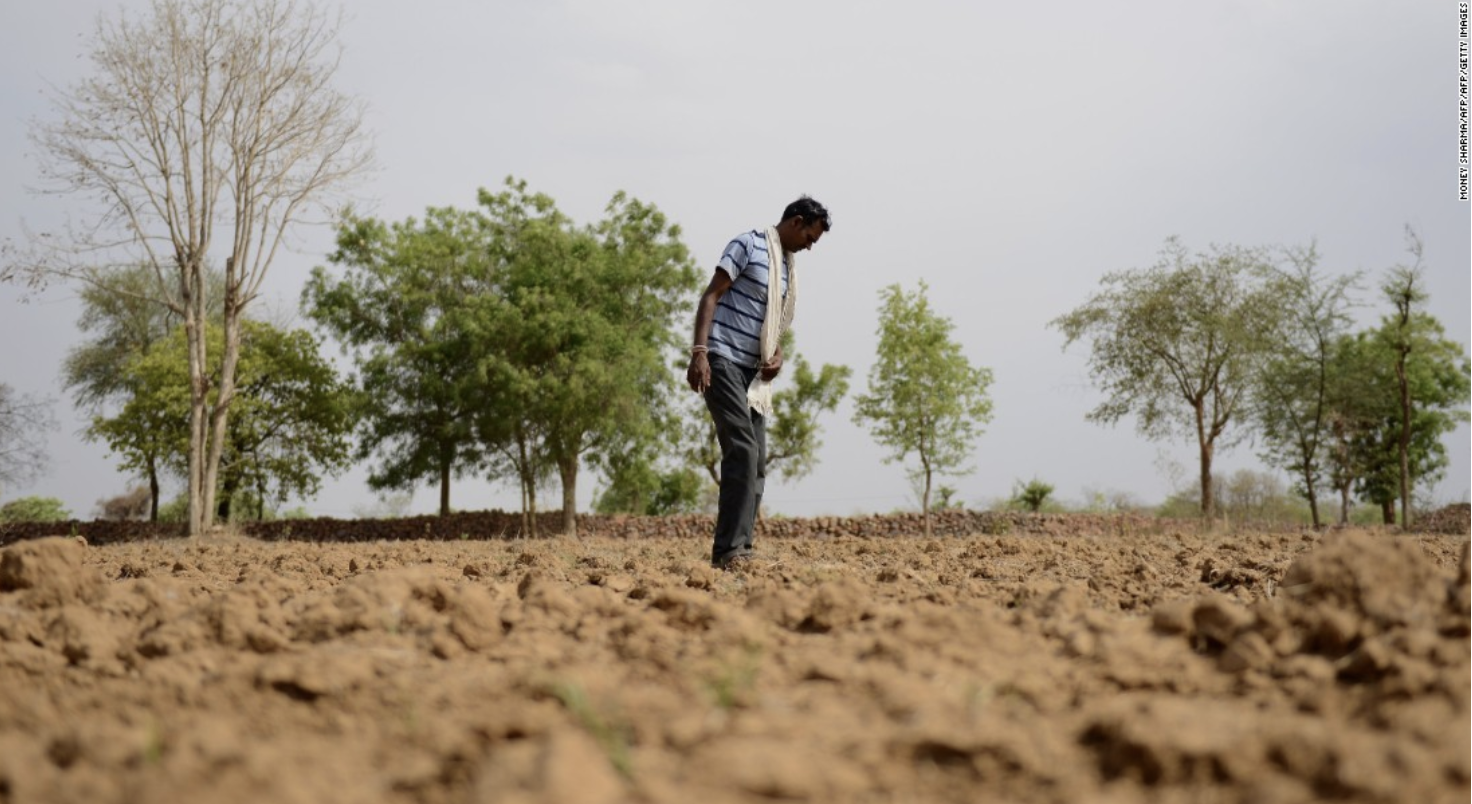
Within the past few decades, there has been an increase in "weather-related calamities" across the world, particularly in India.
Due to burnt fossil fuels and atmospheric pollution, the temperature of the planet has steadily risen, thereby causing extreme changes in weather and catastrophic natural phenomenon, including severe floods, landslides, and cyclones.
Global warming has also caused intense heat waves and erratic rainfall events, which have led to critical droughts and water shortages across the country.
As shown in the Elephant Whisperers, these dry conditions have impacted both human and wildlife populations across the country, with elephants being among those most highly impacted.
Increasingly surrounded by barren, infertile soil, these animals are forced to roam outside protected areas in search of fresh vegetation and water sources.
In a situation similar to Raghu, they often end up on local farms and plantations, feeding on, and unintentionally, destroying crops and subsequently, creating conflict with farmers.
Drastic increases in agriculture and infrastructure have also impacted the livelihoods of elephants and other wildlife across the Asian continent.
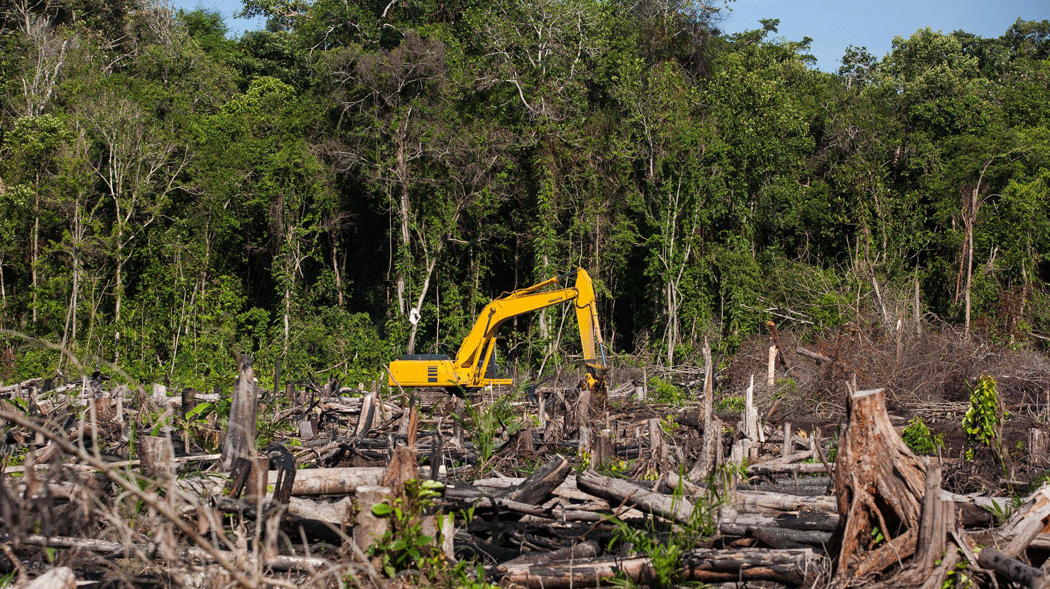
With economic growth and urban development at the heart of many governmental initiatives, habitat loss and fragmentation has been on the rise, leading to the displacement of approximately 70 per cent of elephants today.
This is particularly apparent in India, which houses the world’s largest population of Asian elephants while managing a growing population of 1.4 billion people.
In India, the elephant population has declined over the past 60 years as a result of ever-expanding human settlements, farming and mining plots, and "linear infrastructure," including railway lines, roads, and irrigation canals.
By encroaching into their natural habitats, human activity has forced elephants into inhabiting smaller swatches of land that are often inaccessible to their traditional migratory routes.
This has posed a significant threat to their populations because it is along these routes that they’re able to access vital food and water sources and connect with other members of their herds.
Without this, they end up in precarious situations and run the risk of losing genetic diversity as a result of in-breeding, starvation, disease, or death.
The consequences of climate change are grave and far-reaching – from destructive wildfires and reservoir depletion to soil erosion and desertification, India’s inhabitants have been hit hard by environmental degradation.
Although there are accommodations being made for the country’s elephant population, many of them live outside these spaces and have limited access to viable food and water sources.
“One of the biggest challenges in India is the fact that [they] have less than five per cent of land set aside for wildlife, and there are millions of people who live adjacent to [their] protected areas or inside [them],” according to Dr. Krithi Karanth, chief conservation scientist and director at Center for Wildlife Studies in Banglore.
One of the ways in which this is being addressed by policymakers and conservationists is by preserving and restoring natural spaces, particularly those that encompass the elephants’ traditional migration routes.
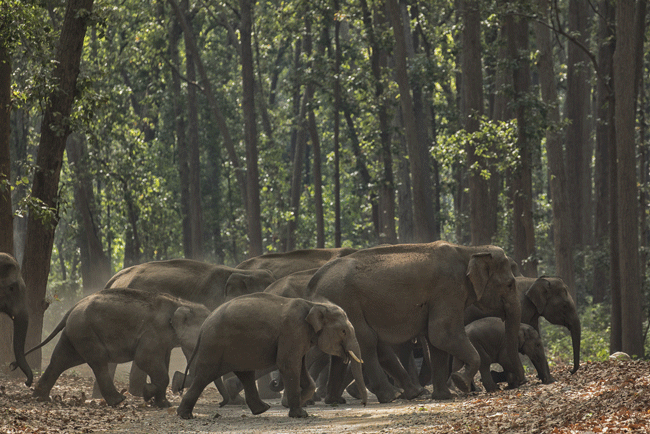
According to the World Wild Life Fund, “A future for Asian elephants ensures a future for other species and wild spaces. By protecting elephants, we also protect other animals that live in their habitat.” By preserving these habitats, they’re not only protecting the herds and their livelihoods but also diverting them from straying onto farmland and reducing conflict with humans.
Organizations like the Wildlife Trust of India, have been working closely with the nation’s Ministry of Environment and the Forest and Climate Change Council, as well as other partners, to identify these migration channels and create an infrastructure that will both protect and connect them to the animals that depend on them.
They also have more than 30 elephant reserves around the country, like the Theppakadu Elephant Camp, where you can visit these forest habitats and see how their wildlife, as well as their surrounding ecosystems, are being preserved.
If you wish to help support the preservation of India’s migration corridors, you can donate to the Wildlife Trust of India.
Remember: when you look out for one, you look out for many.
